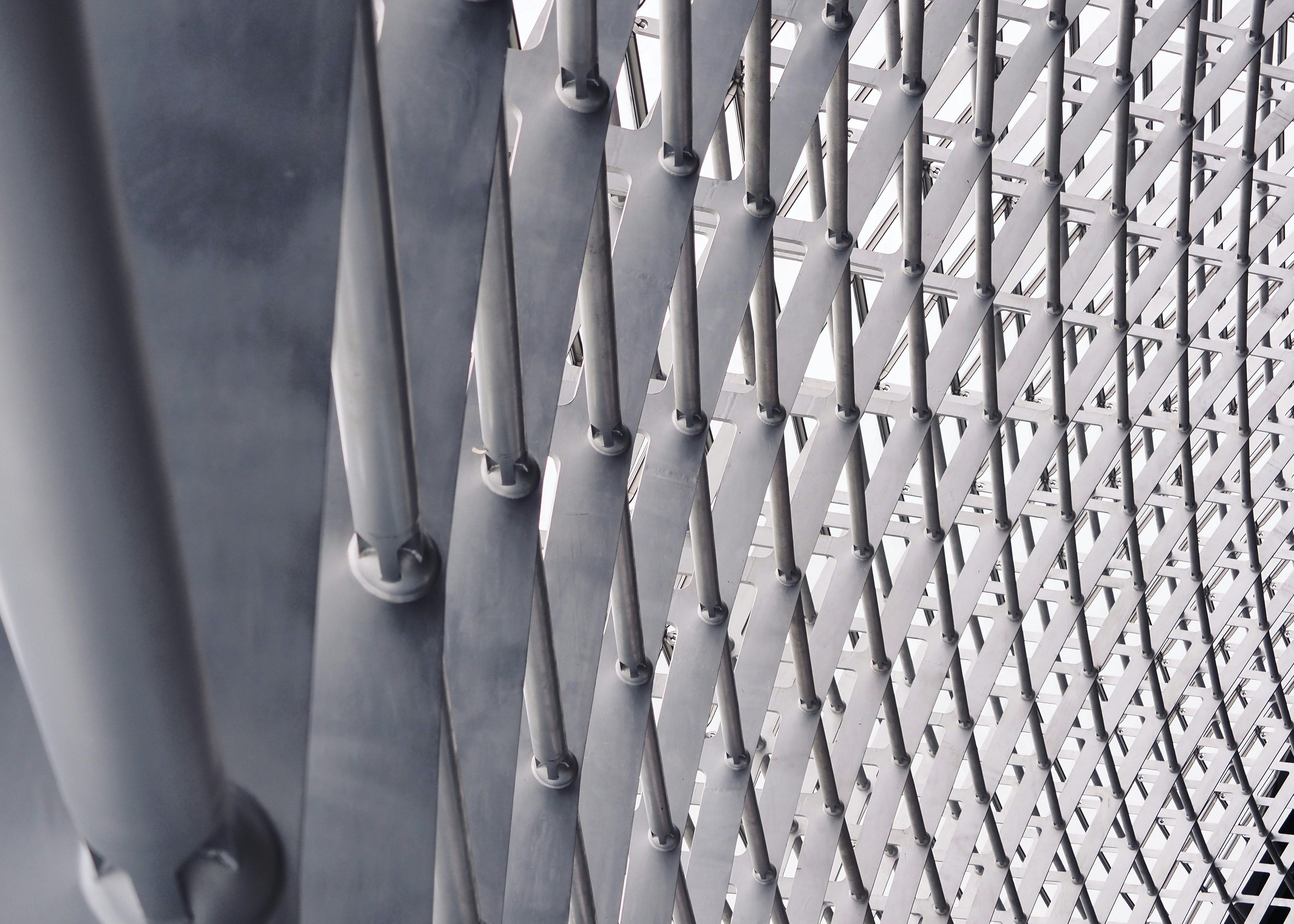LOTUS RESOURCES LIMITED Commences High-Grade Uranium Processing, Powers Grid Transition, and Secures $8.5M Equipment Finance for Cost-Effective, ESG-Focused Growth
Thursday, July 31, 2025
at
8:33 am
Lotus Resources Limited has commenced high-grade ore processing at its Kayelekera Uranium Project in Malawi. Key milestones include advancing commissioning toward initial production this quarter, initiating power grid connection work for lower costs and emissions, and securing an US$8.5M equipment finance facility—all within its restart capital budget.
Lotus Resources Limited has taken a significant step forward at its Kayelekera Uranium Project in Malawi, with high-grade ore processing now underway. The company is finalizing the commissioning of its precipitation, drying, and packaging systems, setting the stage for its first uranium product later this quarter. All leach tanks are operating at full capacity as reagents begin to drive uranium extraction, signaling the transition to sustained hydrometallurgical operations.
In tandem with the ore processing progress, Lotus Resources Limited has signed fixed-price contracts for the construction of a substation and powerline to connect the project to Malawi’s largely carbon-free hydroelectric grid. Work on the power grid connection is scheduled to start soon, with the full project expected to complete by the end of calendar year 2026. This move is anticipated to reduce power costs by around US$5–6 per pound of uranium produced while lowering diesel consumption, cutting carbon emissions, and even extending electricity access to local communities along the powerline route. The installation of a Battery Energy Storage System (BESS) in fiscal year 2027 will further enhance power reliability during potential grid disruptions.
Additionally, the company is accelerating the expansion of its Tailings Storage Facility to optimize construction efficiency and ensure adequate capacity for a 10-year operational life. With detailed design work confirming an expansion capability of approximately 12.8 million tonnes, the initial phase (1A) is planned to secure tailings capacity until June 2027. The potential to concurrently deliver Phase 1A and 1B has been identified, which could advance capital expenditure originally planned for FY2027 into FY2026.
Financially, Lotus Resources Limited remains in a strong position. A US$8.5 million equipment finance facility has been arranged through First Capital Bank plc to fund the purchase of mobile and mining equipment, with favorable repayment terms over 54 months after an initial six-month deferment. This facility, along with a healthy balance sheet reporting A$75.9 million in cash at the end of June and no drawn debt, supports the restart capital budget of US$50 million and underscores the company's commitment to maintaining balance sheet flexibility.
There is a bullish sentiment among market observers given the significant operational milestones achieved, the cost-saving potential of switching to hydroelectric power, and enhanced environmental, social, and governance credentials. Investors can view the beginning of high-grade ore processing and robust infrastructure investments as positive indicators for future profitability and long-term sustainability. Conversely, a bearish perspective might point to the inherent risks associated with construction and commissioning delays, the challenges tied to integrating new power infrastructure, and the potential for unforeseen technical issues during the ramp-up phase. Overall, the strategic moves by Lotus Resources Limited suggest a cautiously optimistic outlook as the company heads toward initial uranium production while strengthening its operational and financial profile.




